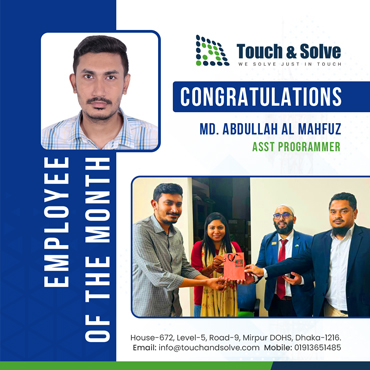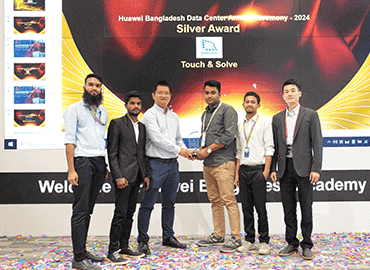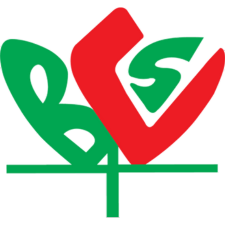Blog Details
Robot can fly, swim or hitch a ride by sticking to other objects
Software
A robotic drone capable of traveling through air and water, and attaching itself to larger objects with a suction cup, could be invaluable for tagging wild creatures, according to its creators. The suction cup design is inspired by the remora fish, which attaches itself to larger marine animals in a symbiotic relationship. The remora benefits by consuming parasites that irritate its host and gains a ride in return.
“My original thought was, ‘let’s find a point where we can surpass nature,’” says Li Wen at Beihang University in Beijing. “Let’s create a robot that can not only swim and stick underwater but also fly into the air and attach in the air. I don’t think there are any creatures that can do this.”
Wen and his colleagues developed a 3D-printed replica of a remora fish suction pad. The small, rubber-like pad features a segmented layout that can form a tight seal even when part of the pad is not in contact with a surface. By changing the volume of each segment once a seal has been made—hydraulically in the robot, but by muscle action in the fish—the drone can achieve versatile adhesion
The software design process involves several stages, including requirements gathering, analysis, design, implementation, testing, and maintenance. During the requirements gathering stage, the development team collaborates with stakeholders to determine the needs and goals of the software system. This information is used to create a detailed analysis of the system, outlining its features, functions, and performance requirements.
The next step is software design, which involves creating a high-level architecture of the software system. The architecture is a conceptual model that defines the system's components and how they interact with each other. It includes the software's modules, interfaces, and data structures. The design should be flexible and scalable to adapt to changing user requirements and business needs.
The implementation stage involves writing the code for the software system based on the design. The code should be modular and well-organized, with clear comments and documentation. Testing is a crucial part of the implementation stage, as it ensures that the software system functions as intended and meets the requirements.
Once the software system is deployed, it enters the maintenance phase. During this stage, the development team monitors the system for bugs and performance issues. They may also make changes to the system based on user feedback and new requirements.
In conclusion, software design is a crucial aspect of software development. A well-designed software system will be easier to maintain and modify, leading to improved performance and user satisfaction. To create a successful software system, developers must carefully consider the needs of users, business requirements, and technological constraints. By following best practices in software design, developers can create software systems that are flexible, scalable, and reliable.
Need Any Technology Solution
Let’s Work Togather on Project
© 2025 Touch & Solve. All rights reserved.





